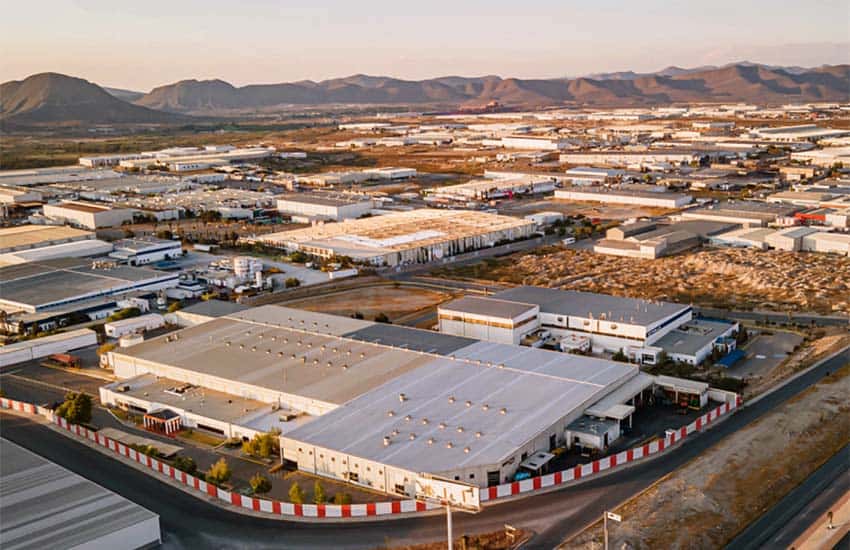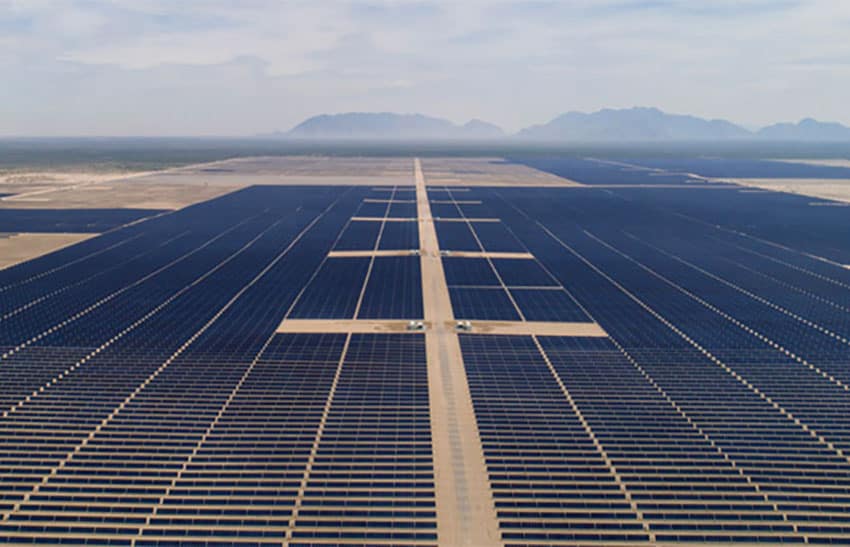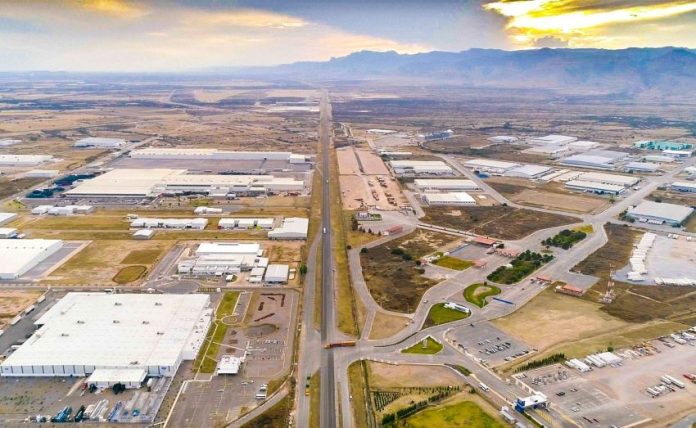Over 400 foreign companies are interested in establishing a presence in Mexico in the near future, according to the president of the Mexican Association of Private Industrial Parks (AMPIP).
Sergio Argüelles González cited the number during an interview with Forbes México, saying that companies from the United States, China, Japan, South Korea and Germany, among other countries, are considering investing in production plants here.

“We have identified them by name … and they are interested in investing in Mexico,” said Argüelles, who is also the CEO of industrial real estate development company Finsa.
A survey conducted by AMPIP and BBVA Research earlier this year found that AMPIP members – which operate more than 400 industrial parks across Mexico – expect to welcome 453 foreign firms within the next two years, 20% of which are predicted to be Chinese.
Argüelles told Forbes that foreign companies interested in investing in Mexico could generate more than 2 million jobs over the next 13 months. He also said that the companies will require 2.5 million square meters of industrial space.
“We’re going to have a lot of investment,” Argüelles said.
The AMPIP president said that industrial space in locations such as Tijuana, Ciudad Juárez, the Bajío region and the corridor between Monterrey and Saltillo is occupied quickly when it becomes available.
However, he noted that 50 new industrial parks are under construction or being planned by AMPIP members, and asserted that they will have space to accommodate the companies expected to soon enter the Mexican market.
Mexico’s leading manufacturing hubs
According to an Industrial Development Index developed by Finsa, Nuevo León, Chihuahua and Coahuila are Mexico’s leading destinations for industrial investment.

Those three states occupy the top spots on the index due to “a combination of factors,” Argüelles said, highlighting their “high [levels of] participation in the industrial real estate market,” their export-oriented manufacturing sectors and their capacity to attract foreign investment.
Nuevo León is the “leading entity” for infrastructure because it has more industrial space than any other state, and has added an average of 860,000 square meters of space annually over the past five years, he said.
Baja California, México state, Jalisco and Guanajuato were also deemed to have “high” levels of industrial development by Finsa, which evaluated factors including security, social environment, workforce availability and innovation capacity when putting together its index.
Tamaulipas, Querétaro, Mexico City, Sonora and Aguascalientes were deemed to have “medium-high” levels of industrial development, while Mexico’s other states were determined to have “medium-low” or “low” levels.
“At Finsa we think that it’s important to evaluate the level of industrial development of all the country’s entities in order to identify those that are more prepared to take advantage of the opportunity to evolve toward the manufacture of more sophisticated technologies,” Argüelles said.
Electricity supply a crucial consideration for the industrial sector
The AMPIP and Finsa chief said that “the nearshoring boom” gives Mexico “a unique opportunity … to position itself as a one of the best manufacturing and logistics hubs in the world.”
“It’s not an easy challenge, since [capitalizing on the nearshoring opportunity] requires new technologies, human capital knowledge and infrastructure,” Argüelles said.

He also identified electricity supply as a key issue for manufacturing companies operating in Mexico.
“The electricity issue concerns us and we’re working with the Federal Electricity Commission [CFE] and the National Energy Control Center [Cenace],” Argüelles said.
He said that AMPIP is discussing the current and future requirements of industrial parks with the CFE and Cenace.
Argüelles also said that industrial parks are seeking to increase their own capacity to generate electricity via solar panels, explaining that the aim is to increase production at AMPIP-affiliated parks fourfold from 500 kilowatts to 2,000 kilowatts.
Some experts argue that the federal government needs to increase its support for renewable energy initiatives in order to attract more foreign investment.
“To be more attractive for nearshoring opportunities and reap more economic benefits in the medium term, Mexico needs a strong rule of law along with industrial, energy and fiscal policies that promote a new wave of investments associated with electric vehicles, renewable energy and IT equipment,” Arnulfo Rodríguez, principal economist at BBVA Research, said earlier this year.
With reports from Forbes México and Milenio
